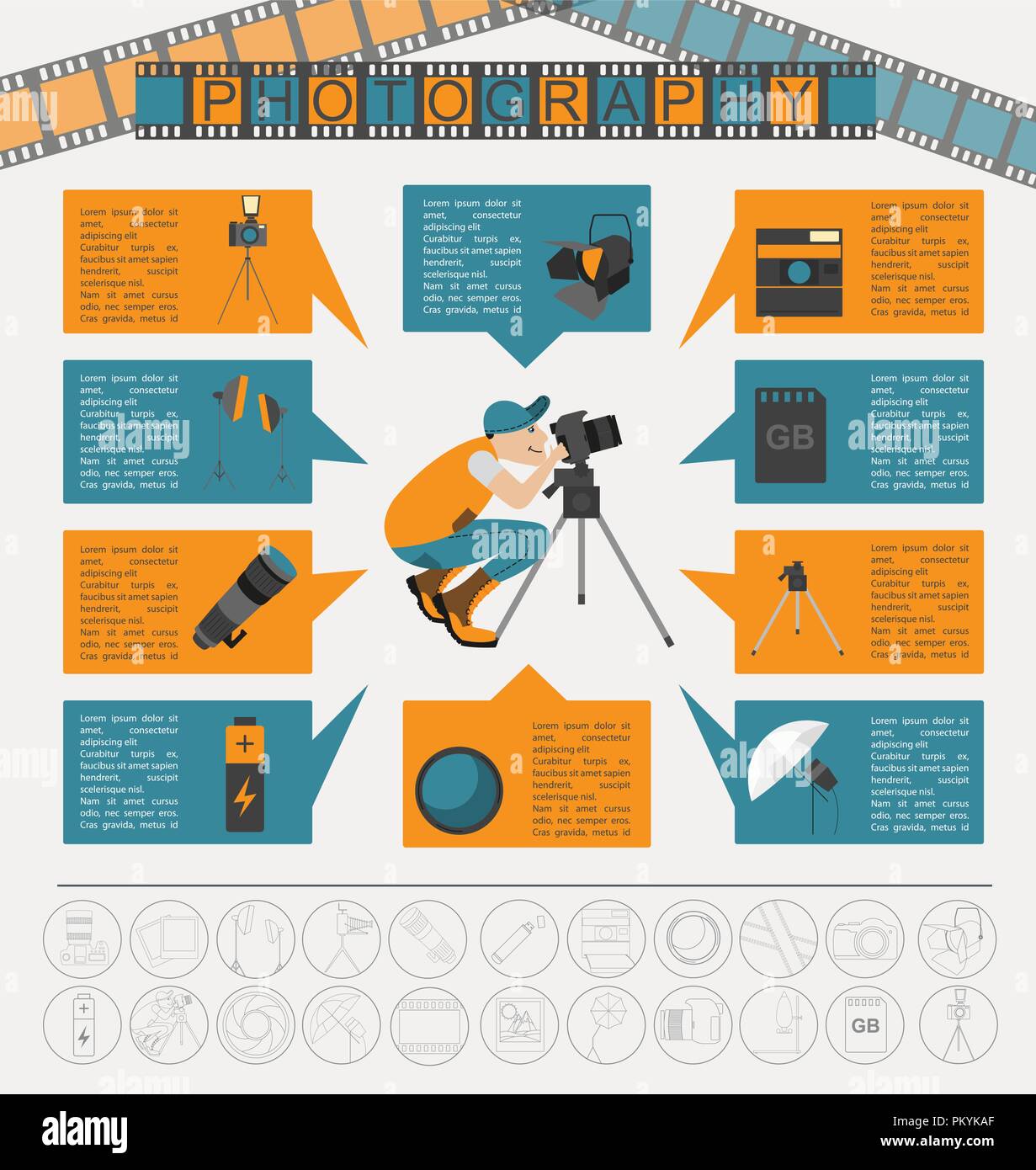The Value Of Lighting In Digital Photography And How To Master It
The Value Of Lighting In Digital Photography And How To Master It
Blog Article
Developed By-Ellis McNulty
When you pick up your electronic camera, you might not understand how pivotal lights remains in shaping your images. It can transform a common scene into something remarkable, affecting not simply the clearness yet likewise the mood of your photos. Comprehending the ins and outs of light-- its instructions, quality, and color-- can elevate your job to new elevations. Yet exactly how do you understand these elements effectively? Checking out various lighting techniques and explore various configurations could be the key to unlocking your full potential as a professional photographer. Let's discover what makes light not just essential, however important.
The Role of Light in Photography
Light's effect on photography can't be overemphasized; it forms the mood, highlights information, and creates depth in your photos. When you grab your electronic camera, think of exactly how light interacts with your subject. The direction and quality of light can either improve or decrease the elements you intend to capture.
As an example, soft, diffused light can create a dreamy atmosphere, while rough, direct light can generate stark contrasts and sharp darkness.
As you experiment, discover just how different times of day affect your shots. Early morning and late afternoon usually offer one of the most complementary light, called the "gold hour." This warm light can produce sensational results that attract audiences in.
Conversely, shooting at twelve noon can bring about unflattering darkness, so keep that in mind.
Furthermore, consider the color of light. Natural light differs throughout the day, and fabricated light sources can introduce different colors to your scenes.
Changing your white equilibrium can help you accomplish the preferred result. Ultimately, comprehending the role of light will transform your digital photography, allowing you to inform tales and evoke emotions with every photo you capture.
Kinds Of Lights Techniques
Typically, photographers depend on different lights techniques to achieve their desired results and improve their images. Recognizing these strategies enables you to control light artistically, making a significant difference in your digital photography.
One popular technique is natural lights, where you use sunshine to illuminate your topic. This method can produce soft, beautiful shadows and highlights, especially during the golden hour-- shortly after sunrise or prior to sundown.
One more strategy is using artificial lights, that includes workshop lights, speedlights, or LED panels. You can manage the intensity and instructions of the light, enabling much more precise results.
Backlighting is one more reliable method; positioning the light behind your subject can create a striking silhouette or highlight edges, including depth to your images.
You may additionally explore high-key and subtle lights designs. High-key lights creates intense, equally lit photos with minimal darkness, while subtle lights stresses comparison and drama with deep darkness.
Executive headshots has its staminas, and explore them will certainly assist you discover your unique design.
Tips for Learning Lights
Understanding lights can absolutely change your digital photography, so it's necessary to get a grasp on some sensible ideas.
First, constantly take note of the direction of light. Light originating from the side can produce depth, while front illumination has a tendency to flatten your topic. Try out backlighting for remarkable shapes or to highlight appearances.
Next, think about the top quality of light. Soft, diffused light is commonly more complementary, particularly for pictures. https://postheaven.net/odis65spencer/how-to-find-your-distinct-style-as-a-digital-photographer can achieve this by capturing throughout gold hour or utilizing reflectors and diffusers to soften harsh sunshine.
Don't undervalue the power of shadows! They can include intrigue and measurement to your images. Try positioning your topic in such a way that permits shadows to improve the structure.
Also, change your camera setups appropriately. Use a bigger aperture for even more light in low problems, however bear in mind deepness of field.
Lastly, practice makes perfect. Take your camera out in numerous illumination problems and experiment. The even more you have fun with light, the far better you'll comprehend just how to utilize it to your advantage.
Master these ideas, and you'll elevate your photography to new elevations!
Final thought
Understanding lighting is important for boosting your digital photography. By recognizing exactly how light influences your images, you can create sensational make-ups that communicate mood and deepness. Try out various methods and problems, and don't avoid using devices like reflectors and diffusers to enhance your shots. With practice and a willingness to discover, you'll discover that adjusting light ends up being second nature, permitting your creative thinking to shine through in every picture you take.
